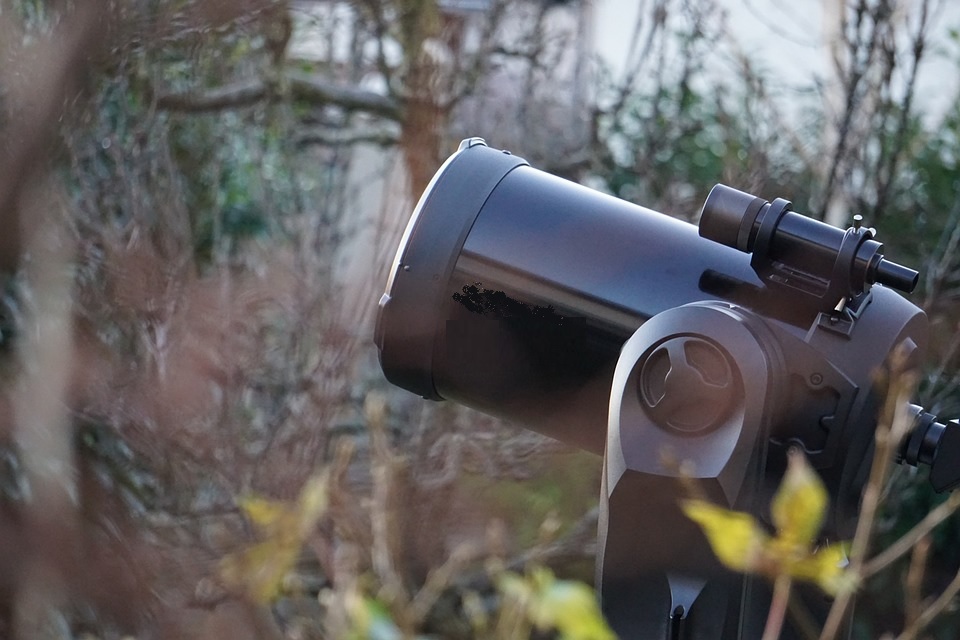Astronomy has always been a field that pushes the boundaries of technology, and recent advancements in telescope technology continue this tradition. The latest innovations in telescopes are not just about bigger mirrors or more sensitive detectors; they involve groundbreaking methods that allow us to see further and clearer than ever before. These advancements are transforming how we understand the universe, unlocking new realms of exploration and discovery.
New Frontiers in Telescope Technology
The latest advancements in telescope technology are opening up new frontiers in astronomical observation. One of the most significant developments is the introduction of adaptive optics systems. Traditional telescopes have long struggled with the distortions caused by Earth’s atmosphere, which blurs the images of celestial objects. Adaptive optics correct these distortions in real-time, resulting in images that are almost as sharp as those taken in space. This technology has dramatically improved the resolution of ground-based telescopes, allowing astronomers to observe distant galaxies, stars, and planets with unprecedented clarity.
Another major advancement is in the field of interferometry. By combining the light from multiple telescopes, interferometry effectively creates a virtual telescope with a resolution far greater than any single instrument could achieve. This technique has been instrumental in recent discoveries, such as imaging the event horizon of a black hole for the first time. These high-resolution images are not just about impressive visuals; they provide critical data that helps scientists understand the most extreme environments in the universe.
In addition to these innovations, the development of space-based telescopes continues to push the limits of what we can observe. The James Webb Space Telescope (JWST), set to be the successor to the Hubble Space Telescope, is equipped with a 6.5-meter primary mirror made of beryllium and coated with gold. This mirror, along with the telescope’s infrared capabilities, will allow scientists to peer deeper into space, exploring the earliest moments of the universe and the formation of galaxies.

Key Innovations Shaping Modern Telescopes
In the constantly evolving field of telescope technology, several key innovations are particularly noteworthy. These advancements are not only changing the way telescopes are built but also the kind of data they can provide.
- Adaptive Optics: as mentioned earlier, this technology corrects atmospheric distortions in real-time, dramatically improving image resolution.
- Interferometry: by combining the data from multiple telescopes, this technique allows for observations with resolutions far beyond what a single telescope could achieve.
- Space-Based Telescopes: these telescopes, free from Earth’s atmospheric interference, provide clearer and more detailed observations of the universe.
- Segmented Mirrors: instead of using a single large mirror, modern telescopes often use multiple smaller mirrors that work together. This design not only reduces costs but also allows for the construction of larger telescopes than ever before.
- Cryogenic Cooling Systems: these systems are used to cool telescope instruments to very low temperatures, reducing thermal noise and enabling the detection of faint infrared signals from distant celestial objects.
Each of these innovations is crucial in pushing the boundaries of what telescopes can achieve, allowing astronomers to explore the universe in ways that were previously impossible.
Challenges and Future Directions
While the advancements in telescope technology are impressive, they also come with significant challenges. One of the biggest challenges is the sheer scale of these projects. Building telescopes with segmented mirrors or deploying space-based telescopes like the JWST requires substantial engineering feats, not to mention enormous financial investments.
Another challenge is the development of software and algorithms that can process the vast amounts of data generated by these advanced telescopes. As telescopes become more powerful, they collect more data than ever before. Processing and analyzing this data to extract meaningful information is a significant hurdle, requiring advances in computational technology and machine learning.
Looking ahead, the future of telescope technology is filled with exciting possibilities. Projects like the Extremely Large Telescope (ELT), which will have a 39-meter primary mirror, promise to revolutionize our understanding of the universe. These new telescopes will allow scientists to study the atmospheres of exoplanets, search for signs of life, and probe the most distant corners of the cosmos.
The Impact on Astronomy and Beyond
The impact of these technological advancements on astronomy is profound. With clearer images and more detailed data, astronomers can test theories about the origins of the universe, the nature of dark matter, and the behavior of black holes. These discoveries, in turn, influence other fields of science, such as physics and cosmology, leading to new theories and models of how the universe works.
But the benefits of these advancements extend beyond pure science. The technology developed for telescopes often finds applications in other fields. For example, adaptive optics technology, initially developed for astronomy, is now being used in medical imaging and vision correction surgeries. Similarly, the data processing techniques used in astronomy have applications in fields ranging from climate science to artificial intelligence.
The advancements in telescope technology are not just changing how we see the universe; they are changing the way we interact with technology in our everyday lives. As we continue to push the limits of what telescopes can do, we can expect to see even more exciting developments in the years to come, both in astronomy and in the wider world.

